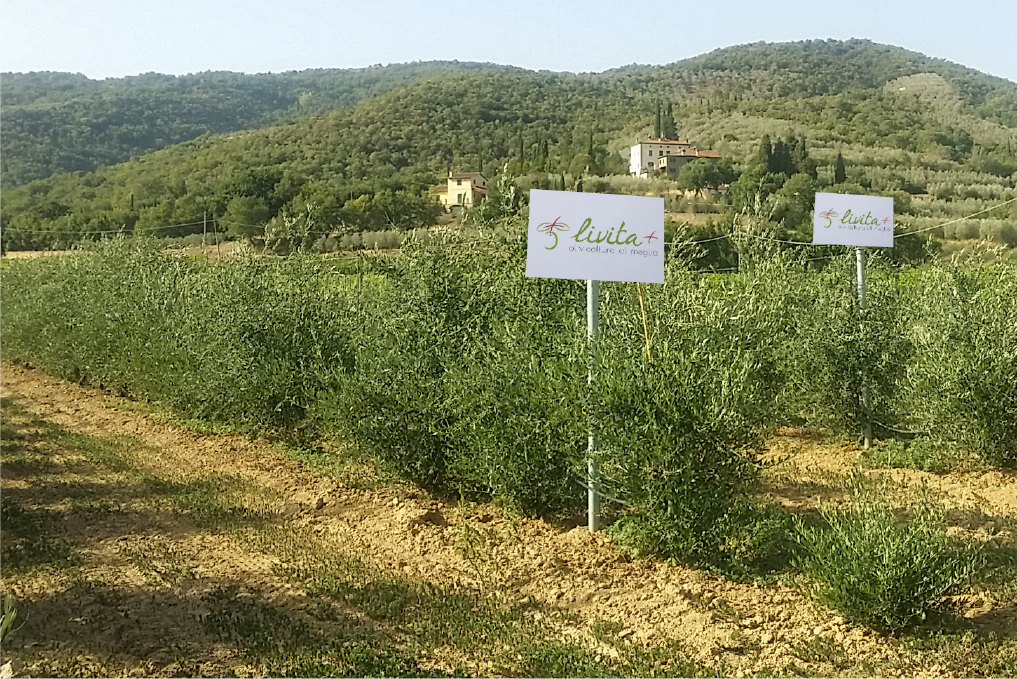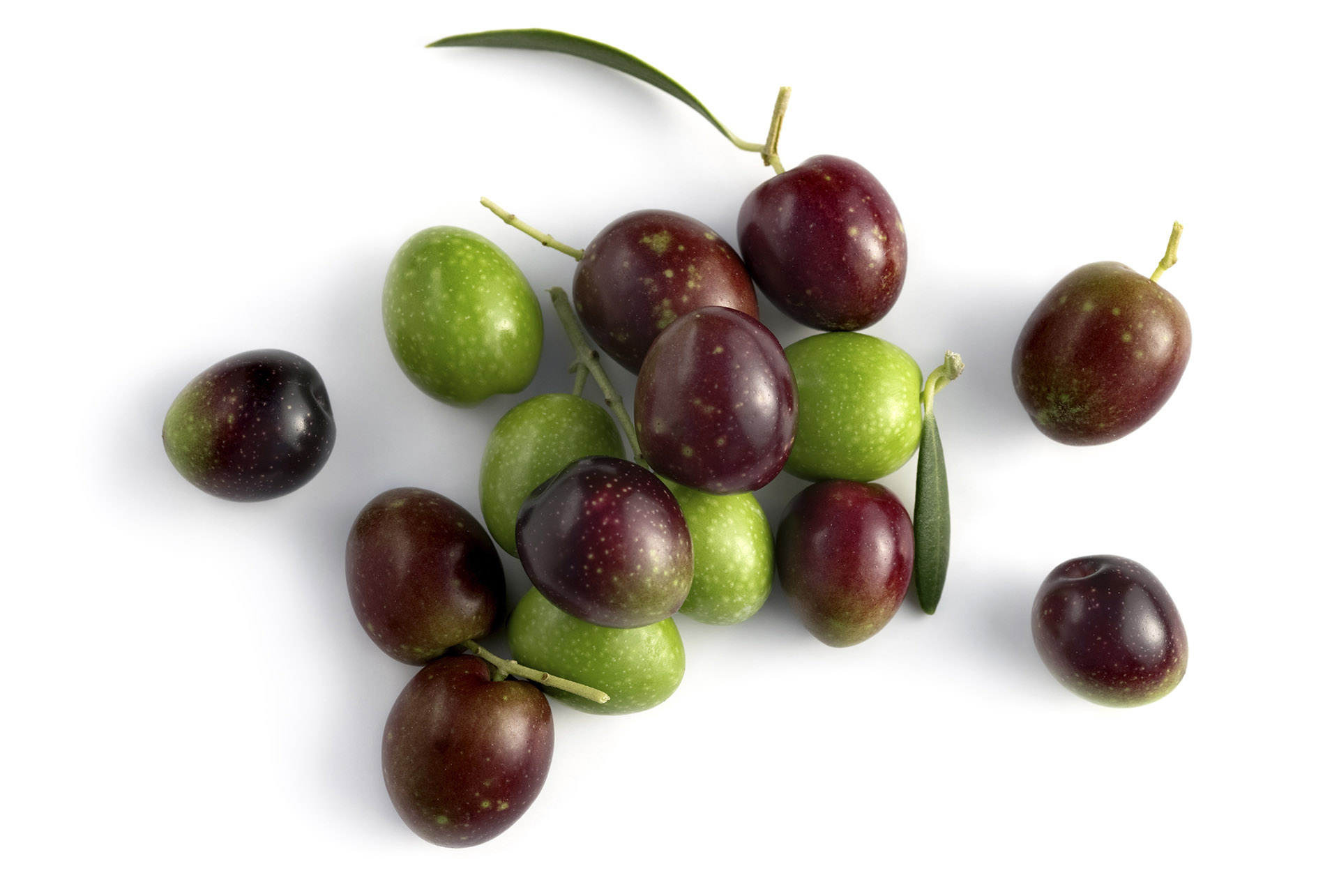Why choosing
Livita Plus
All the multiple SHD olive farming benefits
Livita Plus is a virtuous management system of precision agriculture in the oil harvest business. From the use of precision agricultural techniques to the possibility of conversion to organic farming, the advantages from an agronomic point of view are many and significant.


Virtuous farming:
the key factors Livita Pluss
Livita Plus is a virtuous management system of precision agriculture in the oil harvest business. From the use of precision agricultural techniques to the possibility of conversion to organic farming, the advantages from an agronomic point of view are many and significant.
If the Livita Plus agricultural model is successful, it is due to numerous factors.
Planting pattern with very high density: up to 1600 olive trees / hectare Espalier breeding, with metal plants that support the bush growth of the plant Agricultural Engineering of processes using precision techniques
Varieties of olive trees selected for the harvesting system. Certified olive trees and virus-free bacteria (CNR and Massa Spin-off), grown in the mother fields and multiplied in nurseries. Health safety and high quality is due to the long experience in the field of Buccelletti.
Mechanical planting: planting of plants thanks to the use of laser machines Fertigation: control of irrigation and fertilization with precision system Manual pruning: palmette breeding that allows you to know precisely how to prune Mechanical harvest: use of the straddler to collect the olives Mechanical weeding: weed removal with specialized machinery
Economic and management
benefits for the company
The Livita Plus system does not just work 'on paper': it ensures measurable results, since there are certain tests.
The Livita Plus business model, if diligently followed, makes it possible to recover the initial investment over a period of 5 years. Basically, from the first harvest of olives at full volume.
The super-intensive plant has a yield, in terms of olive and oil production, at least 3 times higher than the results obtained with traditional cultivation. Tripled quantities and revenue tripled, at least. The impact of stable production over time, in terms of quantity and quality, must also be considered.
The extensive mechanization of processes can reduce costs by up to 70%.
The cost of labor is reduced from 50% to 80%.Harvesting operations require an average of 2 hours per hectare.

